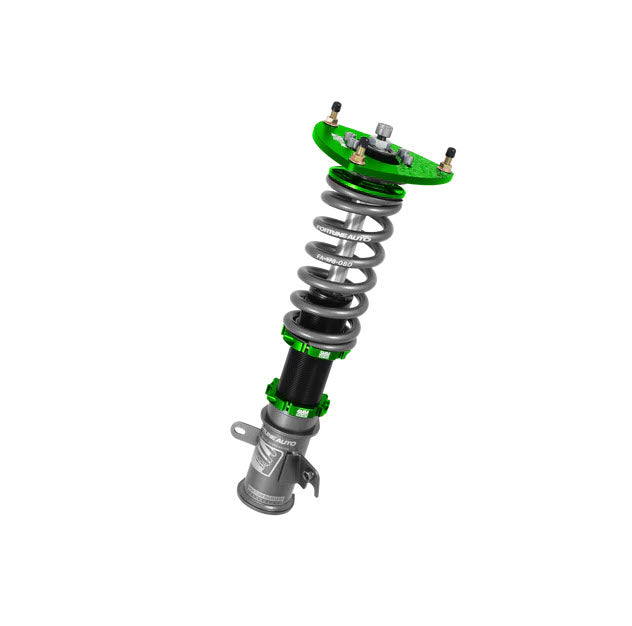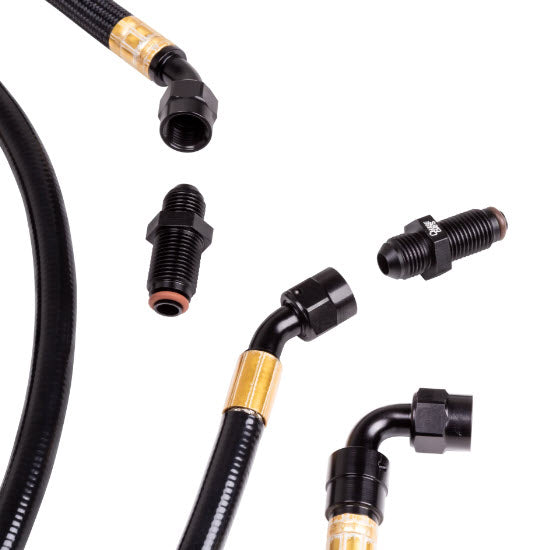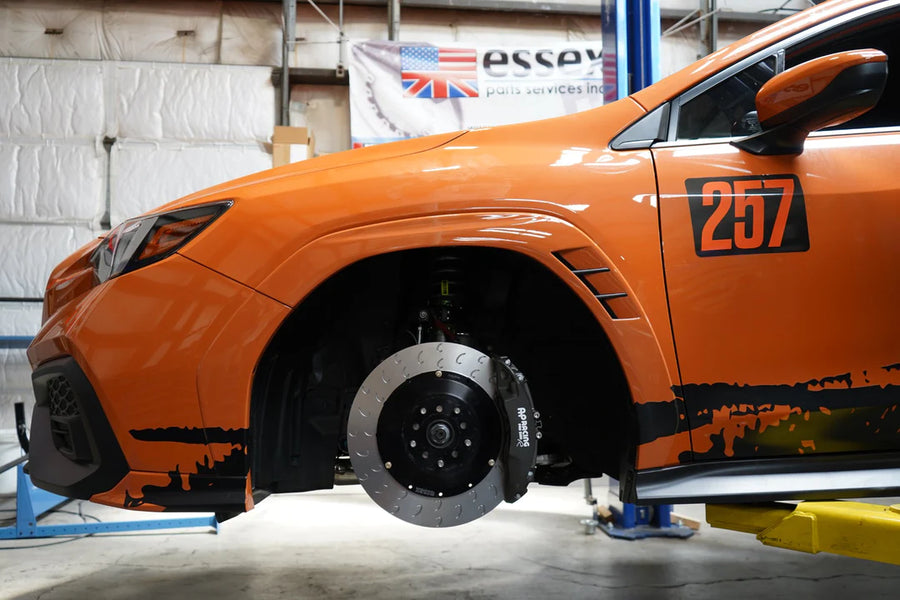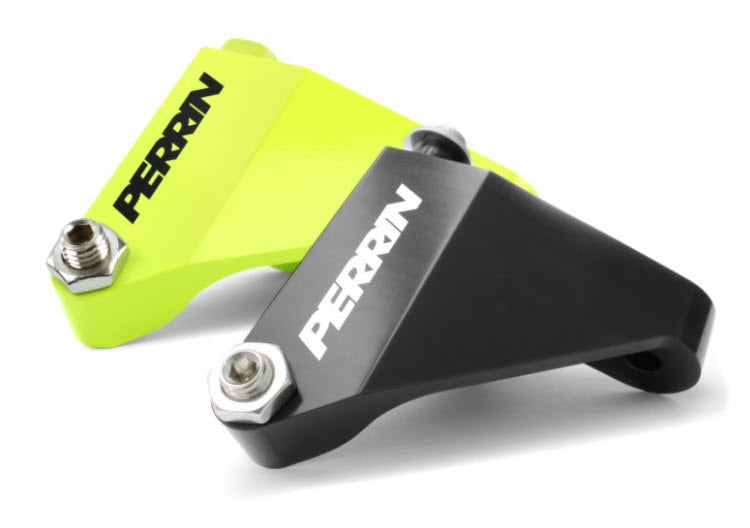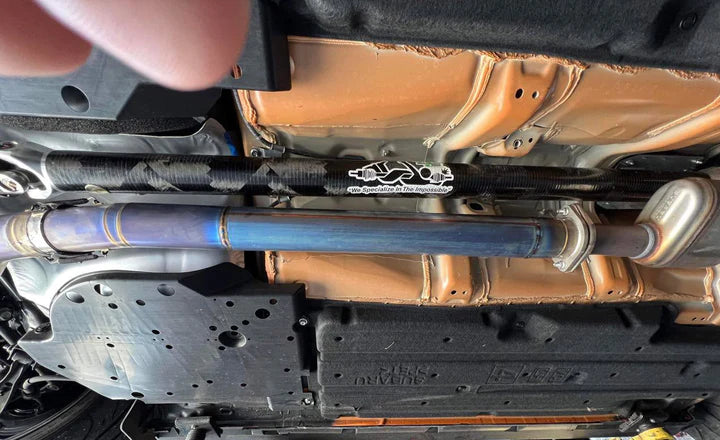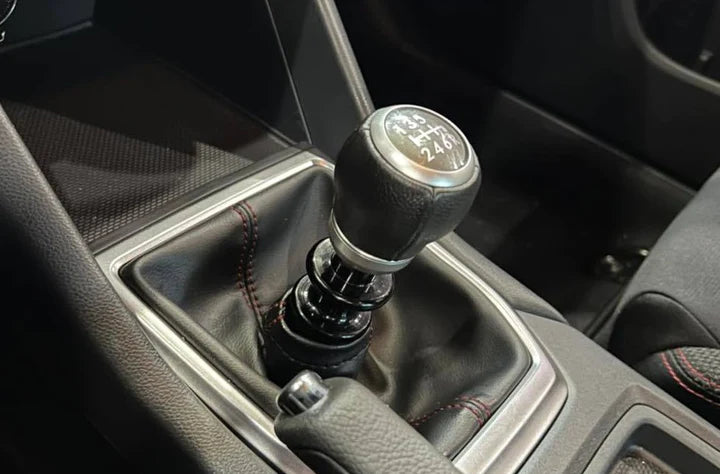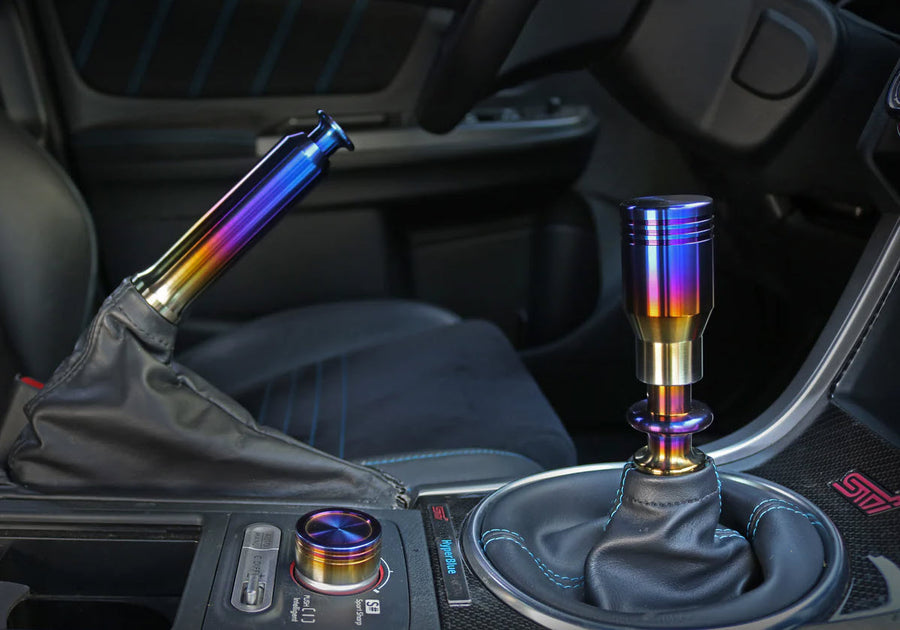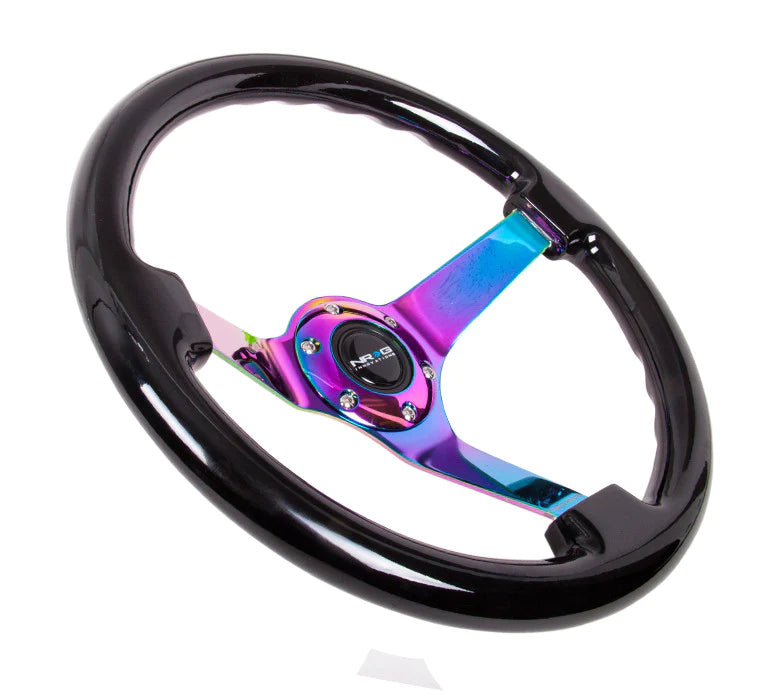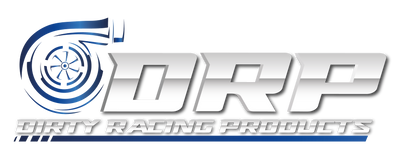A Beginner’s Guide to the Anatomy of a Clutch

There are two main forms of transmission for vehicles currently on the market: manual and automatic transmission. While you can get by with automatic transmission in most cases, manual offers you much more control over your vehicle and many other benefits. Read on to better understand manual transmission and learn more about the clutch that helps people control a manual vehicle.
The Benefits of a Clutch
There are many reasons one could benefit from using a clutch system instead of an automatic one. Automatic systems must detect a change and flip a switch to accurately change the gear and match your speed. However, clutch systems are quick and lack this delay, saving energy and making the transition smooth. Additionally, a clutch is far more reliable, as it doesn’t rely on an electric switch and can withstand a lot more wear. This factor is what makes it one of the great performance car parts worth investing in.
The Anatomy of a Clutch
One of the most crucial things to know when it comes to manual and electrical transmissions is the anatomy of a clutch. Understanding this part can help you understand all the different benefits that come with a clutch and why you should choose it for your vehicle.
The Flywheel
The flywheel is a vital part of the whole clutch system, working as the foundation and connection to the rest of the vehicle. This large gear connects to the engine’s crank, which rotates with the engine. This flywheel takes over the job of the engine when shifting gears, making the process far smoother.
Crankshaft
The crankshaft is the main part of the engine that changes the engine’s linear motion to rotational motion that moves the wheels. This crankshaft needs to move to start up the vehicle. Meanwhile, the flywheel is the part of the clutch system that moves to help start the engine every time you turn the key.
The Clutch Plate
In standard clutches, the clutch plate lies between the flywheel and the other side of the plate, resting against the pressure plate. These two parts sandwich the plate, and the friction surfaces of the plate help keep things stuck together to ensure all the parts move together as the vehicle needs.
Input Shaft
This part of the clutch allows the engine to send power from the clutch to the gears. The shaft rotates the teeth to help the gears start and continue moving, as they need constant energy. This function plays a huge role in changing the linear energy from the engine into rotational energy that the vehicle can easily use to move. This part is also a major component of an automatic system.
Clutch Plate Springs
Plate springs are an important cushion in the clutch system. They sit on the inner hub of the clutch plate, taking some of the force during the clutch engagement. The springs dampen the fluctuations during the power delivery from the engine, helping the process stay smooth and ensuring the system works fluidly. The function of these plate springs also helps the vehicle operation follow a linear system that’s easy to predict when driving.
Splined Hub
At the center of the clutch plate is the splined hub. The splines sit on the edge of the input shaft and spin with the clutch, taking the clutch’s rotational motion and transferring it to the gearbox. This part disconnects when you depress the clutch so that you can switch gears without affecting the input shaft.
Pressure Plate
The pressure plate works as a moving clamp on the clutch system, holding the parts together so that everything moves when it’s supposed to move. When you depress the clutch, you disconnect the splined hub and separate the pressure plate from the clutch plate. This action makes it so that the flywheel doesn’t spin as you depress, ensuring you can safely and smoothly shift gears as needed.
Diaphragm Spring
The diaphragm spring is another part that helps keep the pressure plate pressing against the clutch plate and the flywheel. They sit at the center of the pressure plate and make the plates separate when you depress the clutch, helping the system both engage and disengage.
Clutch Pedal
As a driver of a vehicle with a clutch, you’ll only interact with the clutch pedal while on the road. It’s the third pedal near your feet that you need to depress to disengage the clutch so that you can switch gears. Learning how to press the pedal and time the gear switches is vital for driving a manual vehicle, as mistakes here can stall the vehicle and damage the transmission.
Release Fork
The release fork is the internal mechanism behind the clutch pedal. Depressing the clutch pedal will cause the release fork to push against the release bearing. This is the second step in the process of shifting the clutch so that it disengages. Afterward, you can shift the vehicle into whatever gear you need without the clutch getting in the way.
Release Bearing
The release bearing is a small part of the clutch, but it’s vital. This part directly stops the clutch from spinning so that you can change gears. As the release fork pushes down, the bearing will press into the diaphragm spring. It then transfers the rotational energy into the release fork, stopping the spring fingers and halting the rotation of the clutch. This way, the vehicle can smoothly change gears. When you reengage the clutch, the system is now in a different gear without losing much momentum or wasting a lot of fuel.
This guide covers the basics of what you need to know about the inner workings and parts of a clutch system. Understanding all these parts will help you when driving and repairing your vehicle. A good understanding will make it easier to know the timing of changing your gears. Additionally, knowing the parts and what they do can help you identify problems, as you know what you’re looking at and can troubleshoot with that knowledge. That’s why everyone who drives a manual vehicle should take the time to learn more about the clutch system inside their vehicle.



